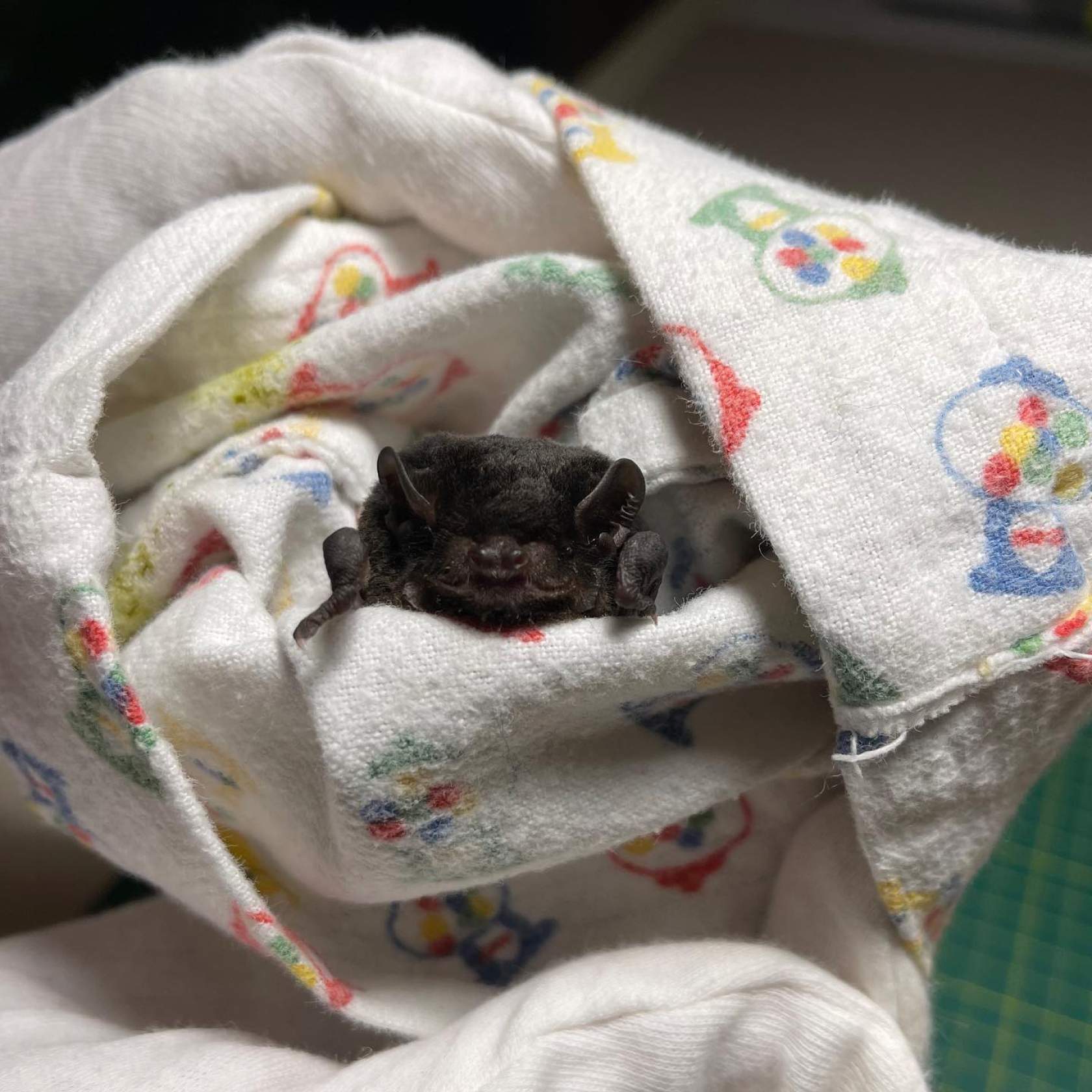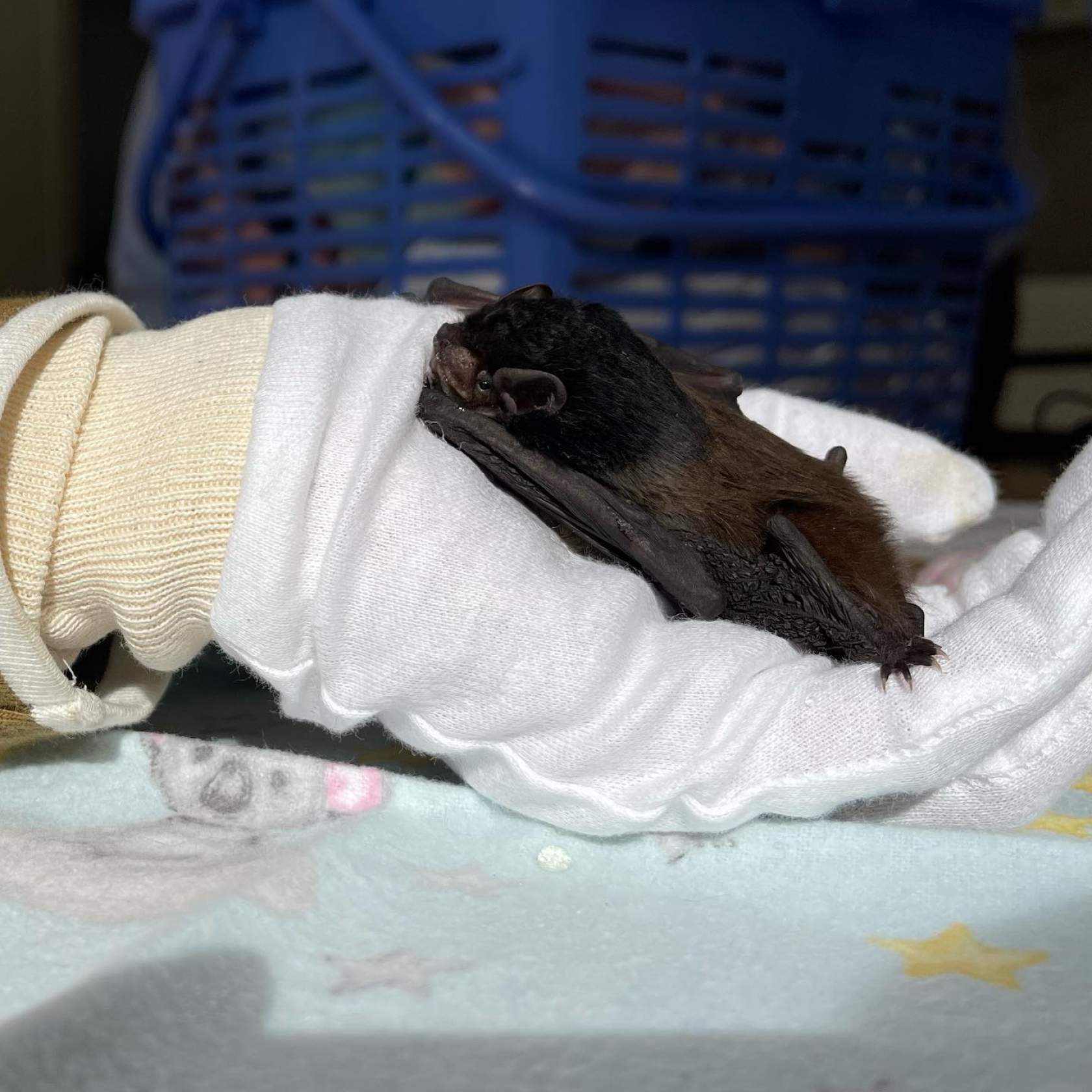
Victorians are lucky to share the state with more than 20 species of microbats. They might be tiny – weighing as little as three grams – but their unique appearance and behaviour make them a fascinating and important group of species that needs our protection.
Microbats have a distinct appearance, with large ears perfect for echolocation, small eyes, and large membranous wings compared to their small body size. As nocturnal animals, they spend their days asleep in varying refuges that offer quiet and darkness. They can be found hanging upside down anywhere from tree hollows and caves to the underside of eaves and even inside folded outdoor umbrellas.
Despite their small size, each night microbats can eat more than half of their body weight in insects – for these small critters this can be greater than 1200 mosquitoes! For this reason, microbats play an important role in controlling insect levels in the ecosystem. Microbats are a valuable natural pest control that keep populations of mosquitoes, termites, and agricultural pests in check.
Microbats have proven themselves to be highly adaptable, which means we can find them in almost every ecosystem across Victoria – even in urban areas. You may even discover them in your own backyard if you watch for them at dusk. To make our yards safer for microbats, you might consider installing a microbat nesting box in your yard. To purchase a wildlife nesting box head to our online shop.
Fun bat facts
Unfortunately, with the privilege of sharing our space with microbats comes the occasional reports of them becoming injured or displaced. Common reports are microbats found exposed on the ground, attacked by other animals or trapped within buildings. Thankfully, dedicated volunteer rescuers and carers are on call to help.
Volunteers like Gracia and Louise care for microbats and other small mammals at their Melbourne-based wildlife shelter, Tiny but Wild. Recent rescues have seen Gracia and Louise rescue microbats exposed on the ground, flying foxes entangled in fruit netting, and even a ringtail possum having a nap in an odd spot in a church. We are very grateful to have a network of volunteers with so much expertise, compassion and commitment to our native wildlife.


Photos by Gracia and Lousie, Tiny but Wild.
While these tiny critters may appear cute, it is very important never to handle microbats or any other bats like flying foxes, unless you are trained to do so. If you find a sick, injured, orphaned, or displaced bat, please call our Emergency Response Service on (03) 8400 7300 and we can dispatch a trained rescuer to assist.
Interested in volunteering like Gracia and Louise? Find out more on our volunteering page.
Cover photo by Doug Gimesy.
